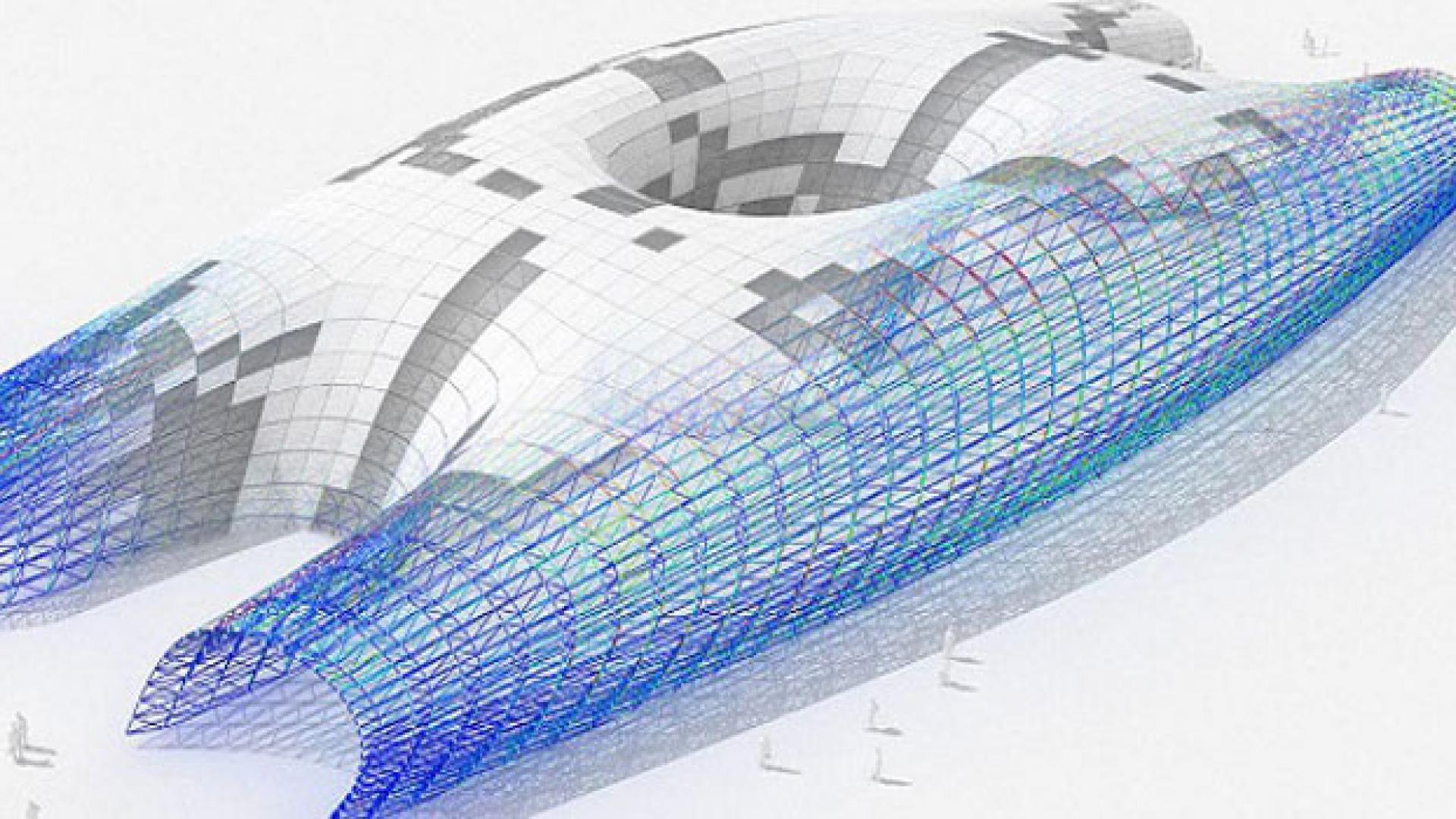© 2017 KAUST
Space structures can take many forms— from pylons and bridges to public buildings, such as a train station (see image). These constructions consist of metal beams that converge at nodes to create a geometrically repeating, freestanding structure. A KAUST-led research group has developed a framework that could reduce construction time and the total volume of building materials.
“We want space structures to be statically sound, aesthetically pleasing and reflect the architect's desired design,” says Chengcheng Tang, former KAUST PhD student who is now a postdoctoral researcher at Stanford University. “Most importantly, we want to minimize the construction cost. The volume of the material used for making the required beams is one of the most significant costs.”
“Together, this presents a complex formula that’s difficult to solve, so we broke it down into more easily managed subproblems,” adds Caigui Jiang, lead author of the group’s paper, also a KAUST Ph.D. alumnus, now a postdoctoral researcher at the Max Planck Institute for Informatics.
Read the full article


